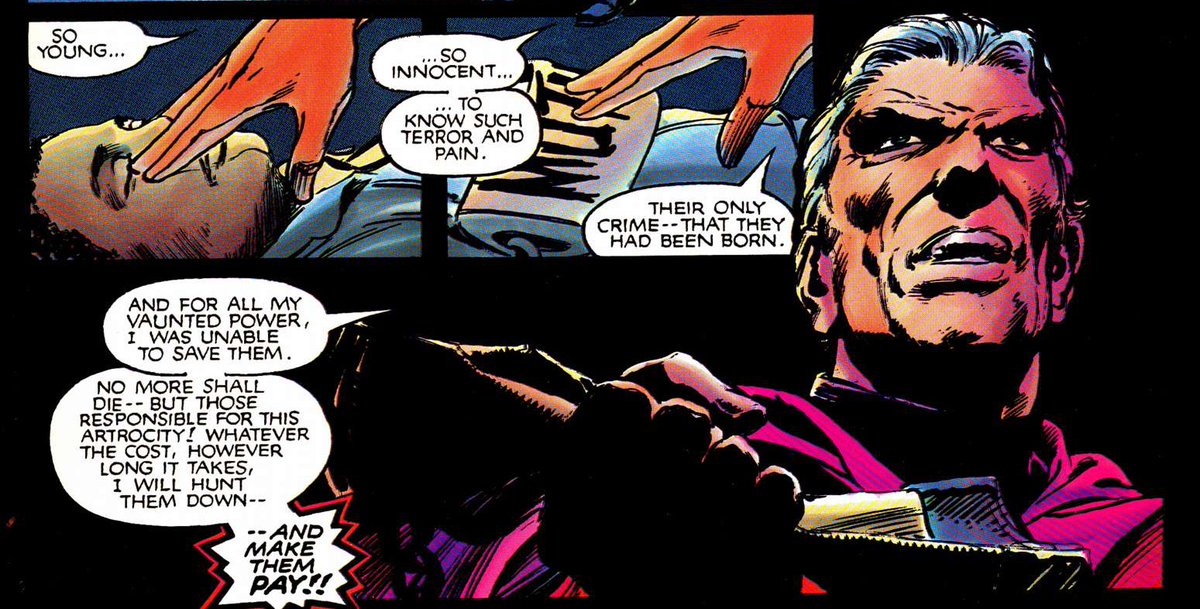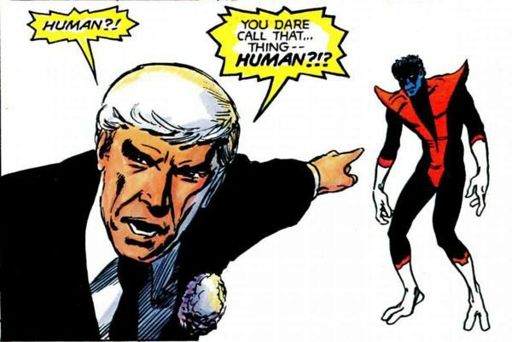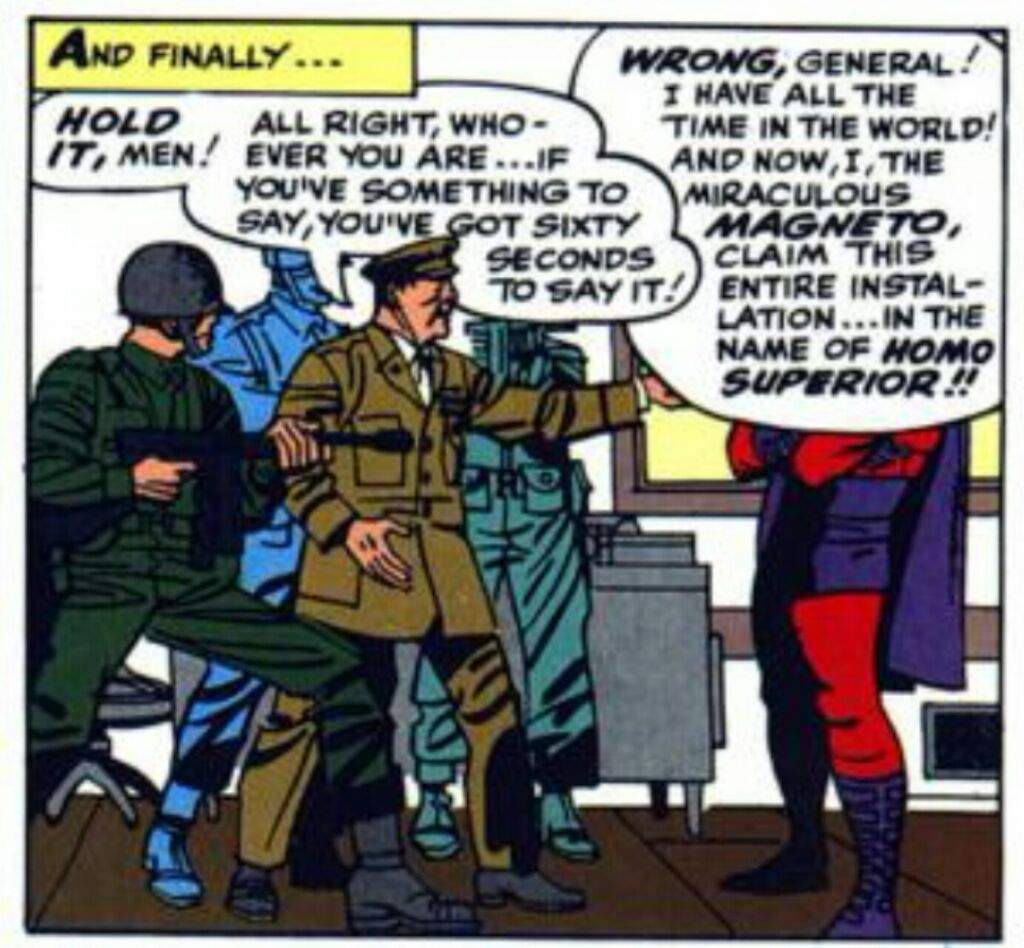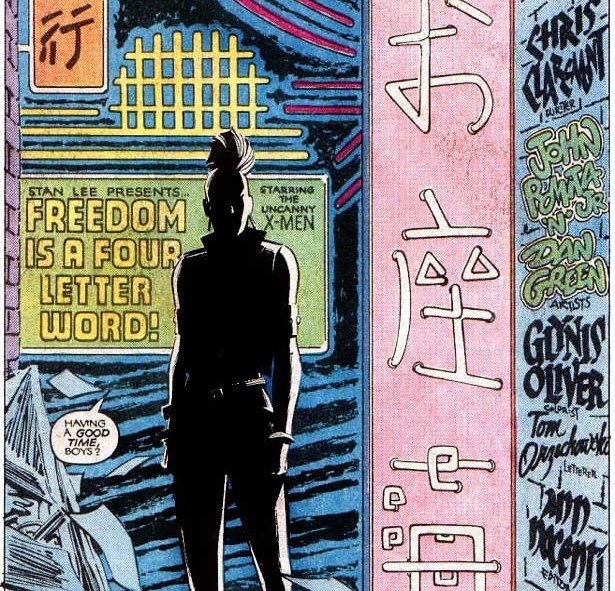In his 2006 essay “Mutant Readers, Reading Mutants: Appropriation, Assimilation and the X-Men,” scholar Neil Shyminsky capably argues that X-Men comics can be seen to appropriate and sell a narrative of disempowerment to the empowered. #xmen 1/6 

“Rather than reflecting…that disempowered minorities are reading about and identifying themselves in the pages of the comic book, most readers are being taught to identify with oppressions that are unfamiliar and, I would argue, unequalto their own.” 2/6 

For Shyminsky, this approach is problematic as it creates an implied “equivalence” between (in his example) being a geek and other forms of oppression such as “racism, sexism or homophobia.” 3/6 

Part of the problem, in the author's view, is the simple versatility of the mutant metaphor – because it can stand for any form of oppression, it loses the kind of nuance and precision that a more focused allegory might instead provide. 4/6 

He sees Morrison and (especially) Whedon as X-writers who move past this appropriative tendency. Claremont, not-so-much, with Shyminsky noting the focus on fighting militant mutants and the vilification of the Morlocks as problematic elements in C’s run. 5/6 

It’s an intriguing argument – not one I wholly agree with (especially on the vilification of the Morlocks), and obviously the Whedon take has aged poorly in our time, but there’s a whole lot to think about in the essay, which reads UXM at a rare scholarly depth. 6/6 

• • •
Missing some Tweet in this thread? You can try to
force a refresh






















